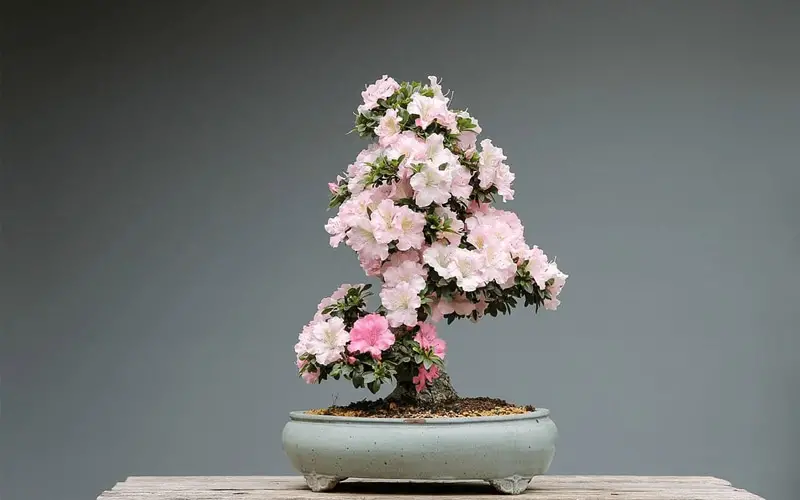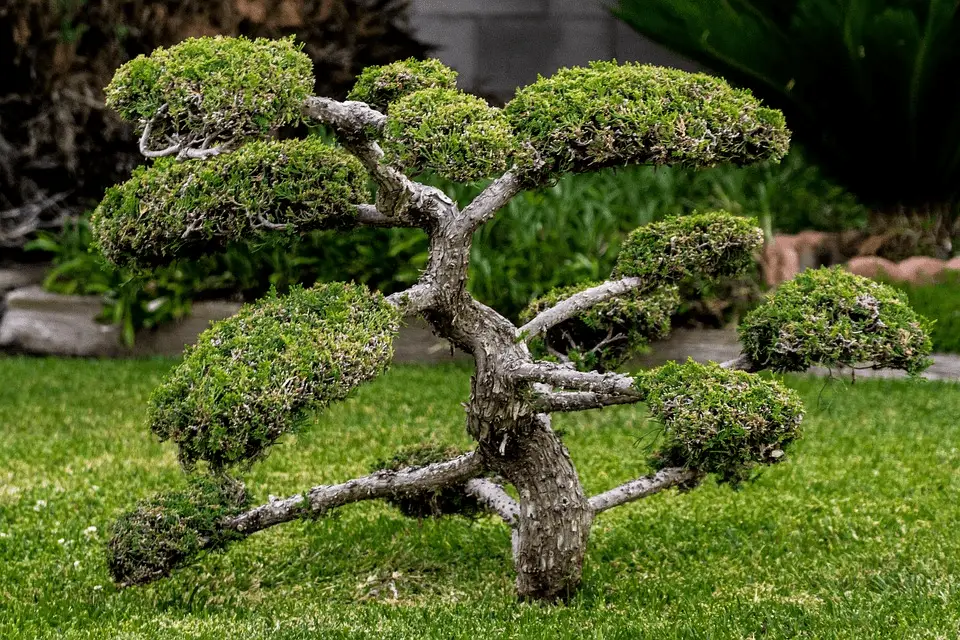Have you ever walked into a store and seen a magnificent bonsai tree and wondered what species it is? So, you walk to the closest attendant, and they tell you it’s a Chinese Elm, only for you to find out three months later that it’s a Ficus? Does it matter, and why?
Every tree family, genus, and species have specific maintenance requirements, while there are also visual and physical factors that set them apart. Here at Bonsai Alchemist, we’ll show you care sheets for most of them, how to identify them, and which bonsais are the best for you to obtain.




